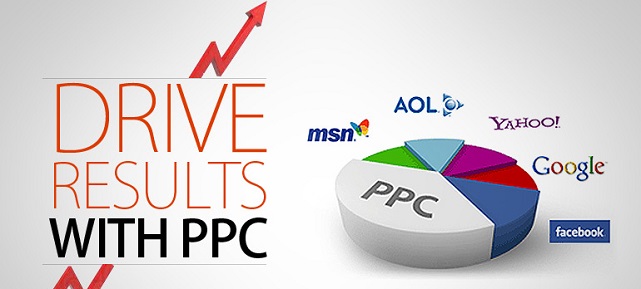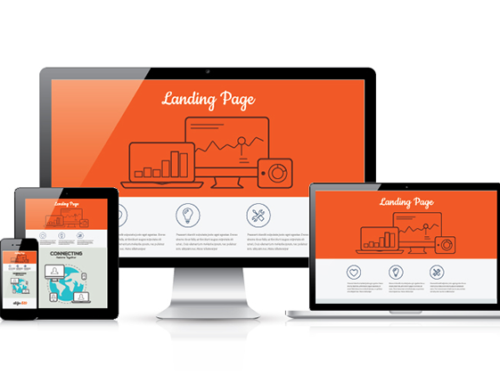Pay-per-click advertising is the most raw and direct form of selling available to businesses on the web. But getting a user to your target landing page is half the battle – in order to get your PPC visitors to convert, your landing page needs to work hard to get the numbers.
In order to create a landing page that converts for your PPC campaign, you need to be making sure that all of the cogs within your advertising machine are doing their job. For landing pages, there are six essential areas that you should be targeting in order to reverberate the marketing messages in your paid ads. Let’s look at them in depth:
Your value proposition – Your unique incentives or alluring marketing message needs to be presented within both the ad copy as well as your landing page. It is imperative that your landing page re-enforces your ad copy within the first paragraph or heading. This is called strategic placement of your marketing message, and it goes hand-in-hand with PPC. It is important to note that there will always be exceptions to the rule, but the value proposition should come first 90% of the time on your PPC landing pages. The first thing that people will judge on your landing page is the relevance to what they’re looking for Then they look at your credibility, followed by the determination of value. It’s a pretty simple formula to follow, but creating a value statement that reiterates all three elements can be tricky. The key is to keep things succinct, and make your unique points obvious.
Your design needs to reflect sales – We’re going to blunt here. People do judge a book by its cover, and your landing page is no different.Your landing page has been assigned the difficult task of balancing a clean-cut, professional design with content that gets the message across directly and doesn’t distract the user.
Now, there’s no need to go into overkill with your landing page design, but the landing page should be bold enough and attractive enough to keep the customer retention rate high. This includes the layout of the page content. The prospect doesn’t want to read an essay. They clicked on your ad because they want the service – and they want it now. A lot of conversions are prevented because the design of the page is too frustrating for the consumer to process. This ties in with the next point…
Clear Call to Action – If you want your ads to convert, then your landing page needs to serve up the action that you want the user to take on a silver platter. The call-to-action on your landing page should be prime, and should sit perfectly within a vector-path in the consumer’s immediate line of vision.
If you spoon feed consumers what they are looking for, then your ads will convert. It sounds simple, but landing on the right formula for this is tricky. The best place to start is to create large buttons that jump out of the page. Use primary colours if possible, and differentiate this colour from the general theme of the website. For the text of the button, use something that contrasts. There’s no point in creating an awesome call-to-action with a navy coloured text is there?
Make sure your buttons stand alone! Don’t cloud them and distract the user with wrapped text and nearby images. One other thing that you need to make sure of is the destination of your call-to-action. Your text is clear, but does it take the consumer where they want to be?
“Come with me if you want to live” – Trust is of paramount importance, particularly when you’re prompting the consumer into making a transaction. Cover the basics, making sure to include contact information, security assurances and protecting privacy. In fact, something as simple as a spelling mistake, slow load time or unusual URL can dismantle any trust that the consumer has embodied. Create your paid ads, and your landing pages. Revise them, then revise again! Triple check everything from the viewpoint of consumer. It may just get you that extra conversion that you were looking for in the end!
Test beyond your landing page – Delve deep into the psyche of the visitor. After they take your desired action, where do they end up? You need to make sure the entire conversion process is as painless as possible. This includes your shopping cart process. There’s no point in putting all of that work into your paid ads and landing pages only for the user to encounter a puzzling maze of forms. Go through it yourself – when you reach the end, were you happy with the entire experience? How long did it take you?
Get external parties to check out your ads – Time to perfect everything. Link people to some of your ads. How do they react to the text? Did they get to what they were looking for? Did they effectively retain the information your landing page was trying to convey? Their opinions are important because they are objective. This simple inquisition is all part of the perfection process.
And there you have it – a simple yet effective criteria for your landing pages.


